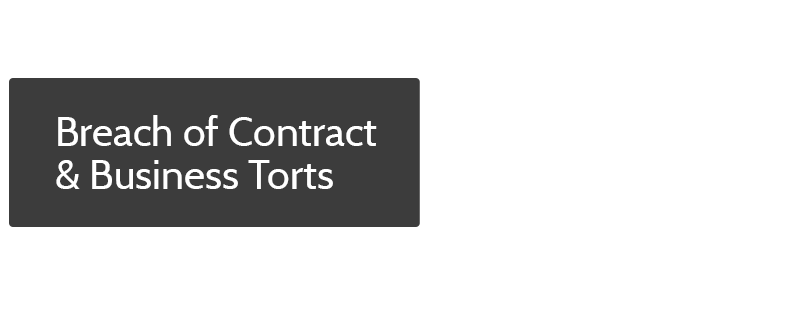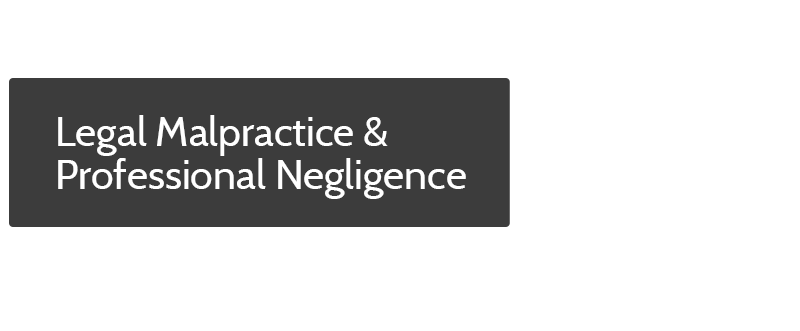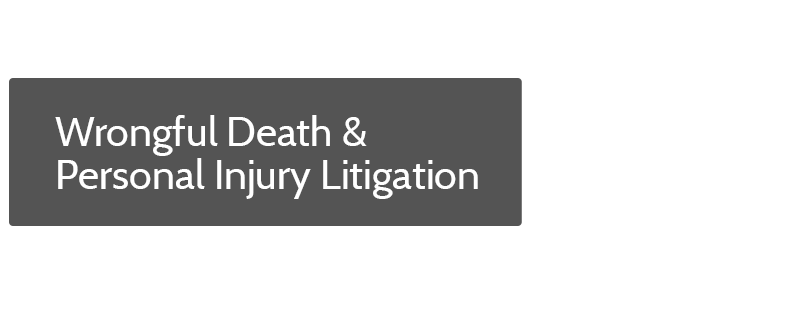Defenses to Malicious Prosecution: The SLAPP Statute
One of the most common defenses to a malicious prosecution action lies in California Code of Civil Procedure § 425.16, also known as the SLAPP Statute.
What is the SLAPP Statute?
The Code of Civil Procedure states that “A cause of action against a person arising from any act … in furtherance of the person’s right of petition or free speech … in connection with a public issue shall be subject to a special motion to strike, unless the court determines that the plaintiff has established that there is a probability that the plaintiff will prevail on the claim.” (Ca. Code Civ. Proc. § 425.16(b))
The legislative purpose of this statute is twofold:
— To prevent abuse of the litigation process from having a chilling effect on behavior; and
— To encourage citizens to participate in publicly significant matters.
The Two-Pronged Test For Evaluating Anti-SLAPP Motions
Anti-SLAPP motions are evaluated using a two-pronged test which asks, first, whether the defendant has demonstrated that the challenged cause of action arises from a protected “activity,” and then evaluates whether or not the plaintiff has demonstrated a probability of prevailing on its claims.
Thus, a plaintiff in a malicious prosecution action must be able to demonstrate early in the litigation process that the action is supported by sufficient evidence to make a prima facie case. Although it might seem to some people that a malicious prosecution–especially one which deals with private business matters–might not qualify as a “public issue,” but California courts have determined that statements made during legal proceedings fall within the SLAPP statute.
Deadlines for Filing an Anti-SLAPP Motion
Anti-SLAPP Motions must be filed within sixty (60) days of the date the complaint (or cross- complaint) is filed. (Ca. Code Civ. Proc. § 425.16(f)) Courts must hear the Anti-SLAPP motion promptly, generally within thirty (30) days after filing.
Also, the filing of an Anti-SLAPP Motion stays all discovery proceedings until the court rules on the motion.
Possible Consequences of an Anti-SLAPP Motion
If the Anti-SLAPP motion is denied, the malicious prosecution claim will be allowed to proceed. However, the moving party may still be able to move for summary judgment on the malicious prosecution action.
When a court grants an Anti-SLAPP motion, the action referenced in the granted motion is dismissed. If only some claims were covered or implicated by the Anti-SLAPP motion, those claims are stricken. The moving party may also be awarded attorney fees and costs.
The non-prevailing side may appeal the court’s decision on the Anti-SLAPP motion immediately, regardless of whether the motion was granted or denied.
***
Disclaimer: THIS ARTICLE IS FOR INFORMATIONAL PURPOSES ONLY, AND DOES NOT CONSTITUTE LEGAL ADVICE. Your rights and experiences may vary. Never use an article like this one to evaluate your legal claims. Speak with an experienced lawyer promptly to obtain a personalized evaluation of your claims, possible damages, and options. You may lose or compromise your rights if you delay in consulting legal counsel. Legal claims against lawyers or other third parties are a complicated topic. If you believe you have a claim against an attorney who failed to provide you with competent representation, consult an experienced malpractice lawyer immediately for an evaluation of your possible rights and claims.














